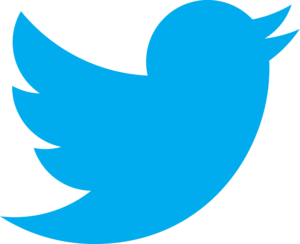Multi-generational, virtual, and global workforces have added a new layer of complexity to the traditional functions of HR, Payroll, Benefits, and Talent Management. Attempting to manage all of these functions via disparate solutions is proving to be a major challenge for HR leaders, yet many organizations still operate off of 3-4 systems.
In response to the SMB client driving up the demand for a single system of record for all things HR, both traditional service bureaus and HR technology vendors began developing and promoting an all-in-one, unified, single HCM platform.
Some vendors bolted on applications, while other vendors developed additional functionality, established partners, or designed an entirely new HCM system from the ground up. The outcomes for the end-user can vary significantly depending on the path chosen by the vendor. This is why it’s ultra-important that both the functionary and executive decision makers understand exactly what they’re investing in before signing a contract.
The HR department is under a lot of pressure having to perform many functions and derive the greatest value from their organization’s most valuable asset- their people. HR departments need a system that they can rely on and can serve as the backbone of the HR department to attract, engage, and retain employees and efficiently administer back office HR and Payroll functions.
THE BENEFITS OF A SINGLE HCM APPLICATION:
1. Improve Employee and HR Productivity
HR departments are relieved of the cumbersome, time consuming, administrative tasks often associated with employee master file maintenance. One application for complete employee lifecycle management eliminates paper-based processes, multiple spreadsheets needed to produce reports, and the transferring of data between various modules that aren’t always compatible. With Mobile apps and user-friendly self-service functionality, employees are empowered to manage their core personnel data, enroll in benefits, self-onboard, record time, and conduct reviews.
2. Boost Employee Engagement
With only 32% of all U.S. employees engaged, HR Leaders continue to be challenged to navigate the demands of a virtual and multi-generational workforce. Keeping employees engaged and developing a culture that attracts and retains top talent is the talk track at every HR table across the country. From agriculture to the technology sector, employees expect real-time feedback, instant access to information, and the ability to easily collaborate and share information with their colleagues in a single place.
3. Better Data
HR data is the foundation of making sound business decisions. Pulling data from multiple systems to generate reports is frustrating to HR leaders, revealing gaps between systems and requiring extended employee training. With a single data record for all things HR, you can easily access data and create instant reports on everything from recruitment to retirement. A single employee record stored in the cloud ensures that a file never gets misplaced or misfiled and that data is always consistent and accurate. Data on its own is a core reason as to why 33% of organizations are willing to sacrifice feature capabilities for a single vendor platform that offers a single source of truth.
THE LATEST INDUSTRY BUZZ
A single source of truth, it’s the latest buzz in this industry- so what exactly is it?
It suggests that HR should drive an organization’s strategy from a single platform that consists of real-time, meaningful analytics with only one copy of all transactional data. This single source of truth provides critical guidance for all of your talent management decisions and aligns every department in the organization.
A single source of truth is the supporting foundation for AI (Artificial Intelligence), PA (Predictive Analytics), and a 100% mobile employee and manager experience.


Recent Comments